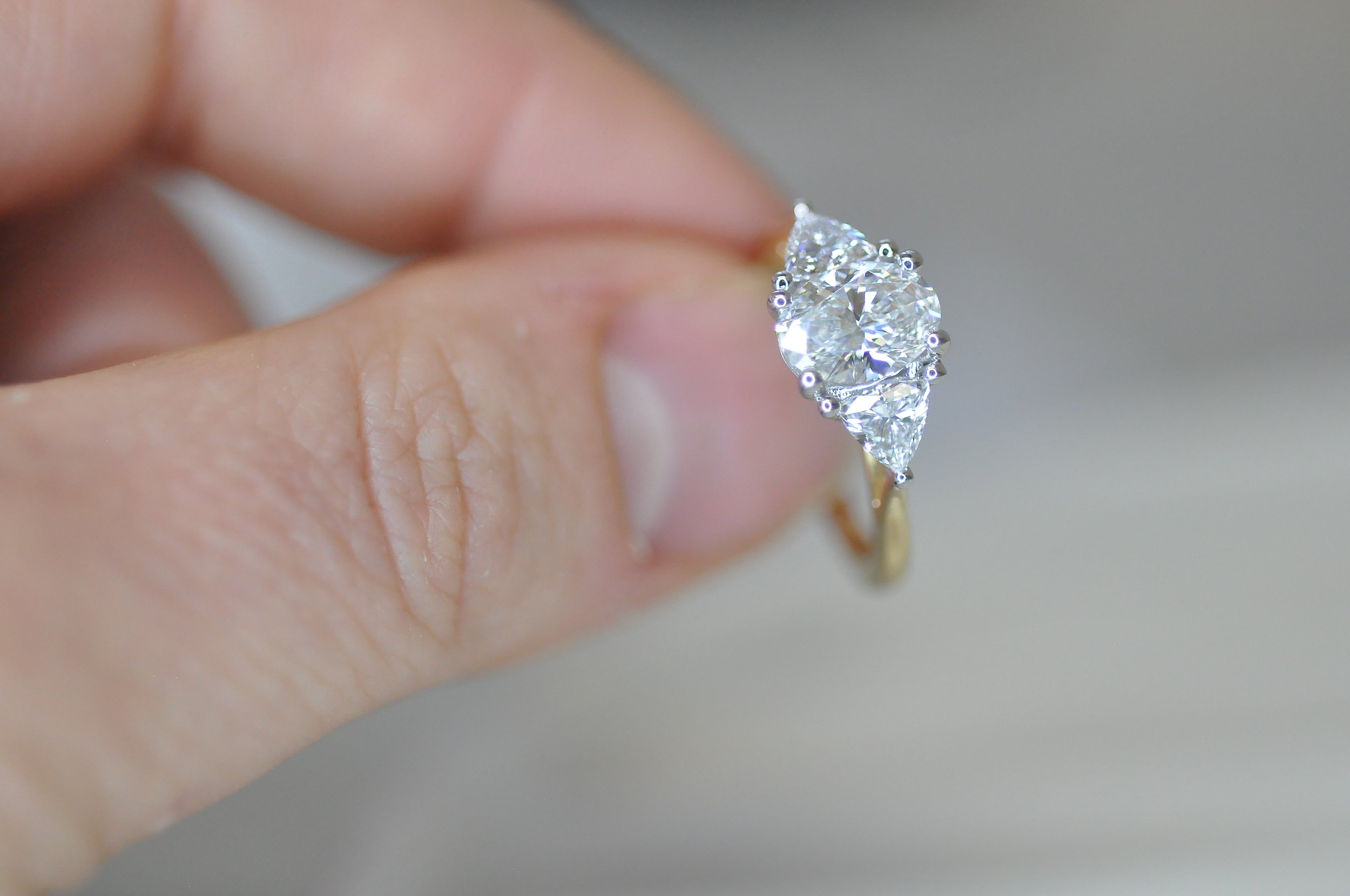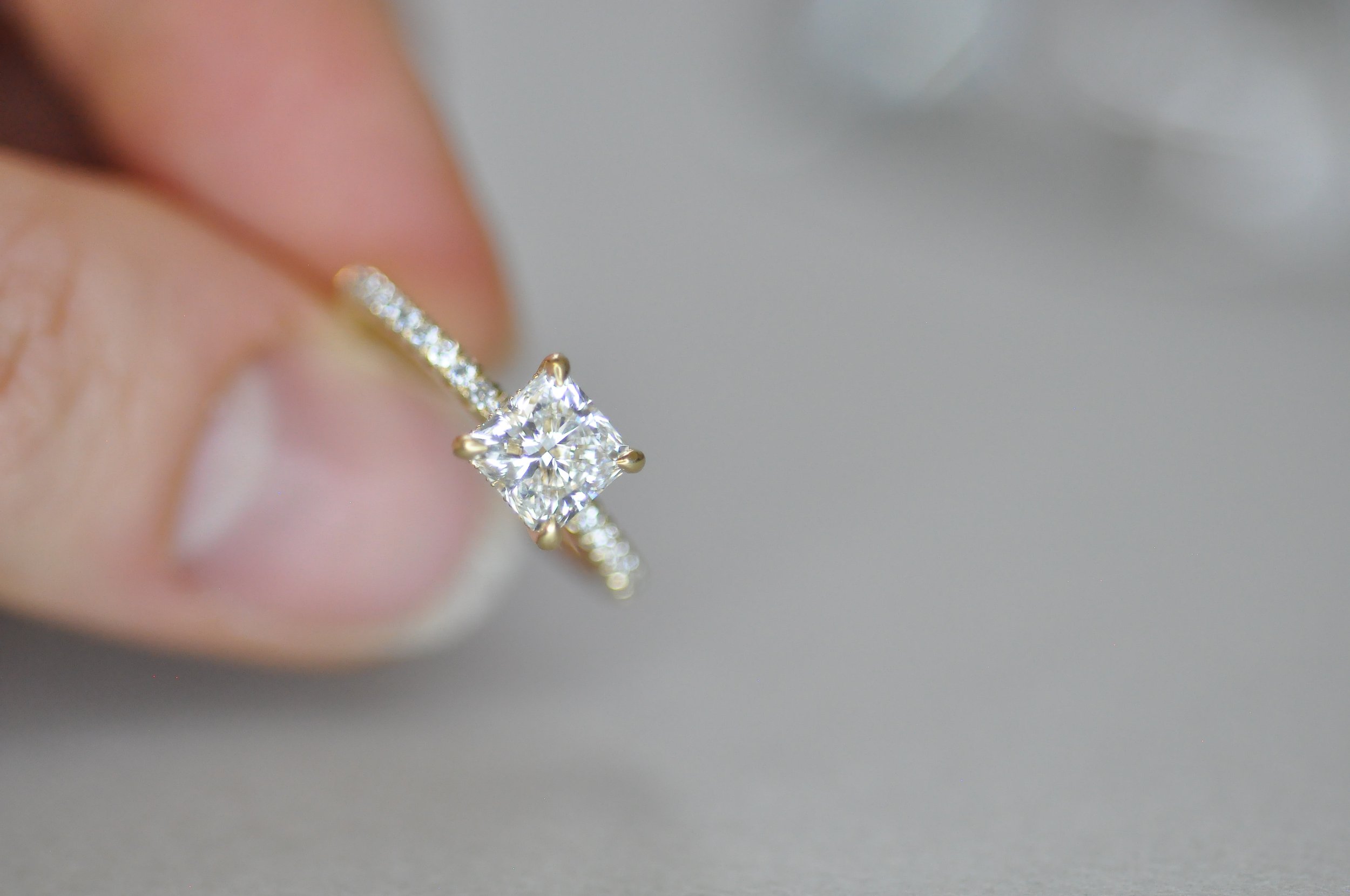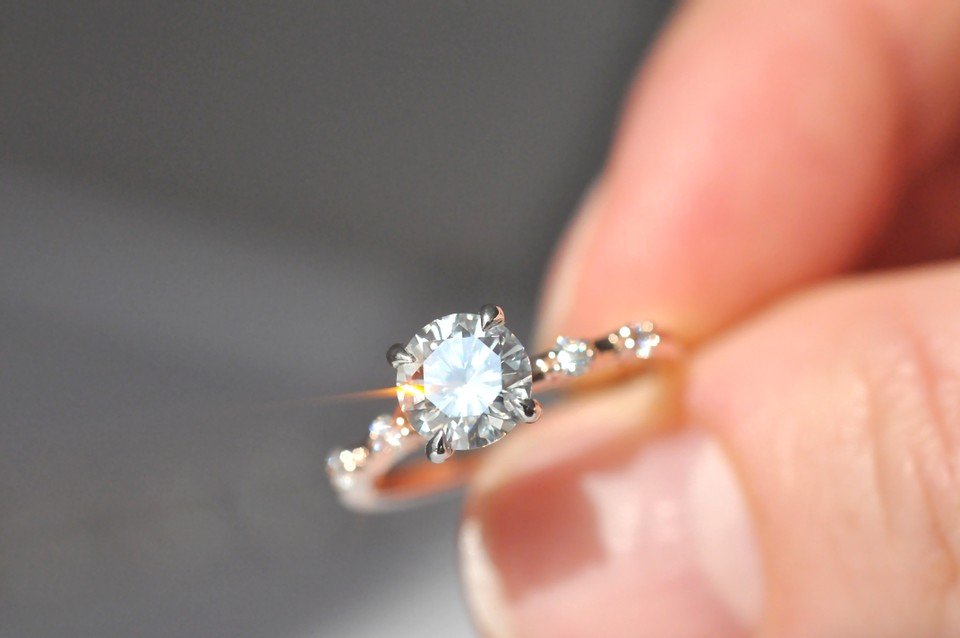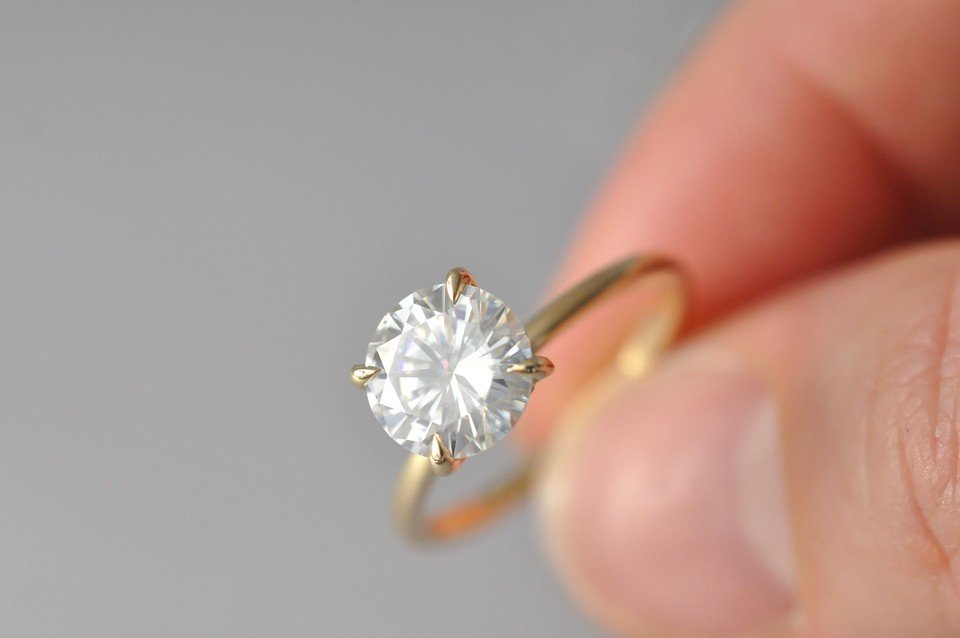7 Cool Things to Know About Lab Diamonds
Lab grown diamonds. There’s no doubt that you’ve heard about them by now. Maybe a friend recently got engaged with one, you’ve learned about them on Tiktok or in a terrible radio ad. You’ve likely learned the basics - namely yes - they are identical to their earth mined counterpart physically, chemically and visually…but we wanted to dig a bit deeper and hit you with some facts that can impress at your next dinner party or better yet, conversation with your SO (wink wink).
Known in the industry by many names such as laboratory diamonds, lab grown diamonds, grown diamonds etc. They have actually been around since the 1950s, and were not economically accessible to the public until recently. We love lab grown diamonds and are here to offer some cool facts to keep you at the top of your diamond game.
Lab diamonds grow organically in a chamber (not on an assembly line)
This one is important as lab diamond processes can sometimes be associated with rapid fire production. While the carbon molecule resides within the chamber, they organically grow into the raw diamonds aka roughs. This material is then cut, polished, and certified using the same methods as earth mined diamonds.
2. Lab diamonds have been around since 1950 (hello Ms. Monroe!)
According to the International Gem Society (IGS) lab grown diamonds were initially developed in the 1950s by General Electric (GE) but postponed due to World War II. While GE is attributed to the development of lab grown diamonds, the technology utilized by GE to finalize the lab diamond processes was founded as early as the 1870s. According to the Gemological Institute of America, GIA scientists published the first scientific study of laboratory grown diamonds in 1971, yet only started certifying lab grown diamonds within recent years.
3. $$$ They used to be extremely expensive to make
In their inception, lab diamonds were more expensive to produce than to mine from the earth. They were heavily included and more often than not yellow. These attributes were generally not desired by the public at that time. Growing processes have been refined over the years to become more efficient in their speed, quality and costs, making lab grown diamonds an affordable option for fine jewellery.
4. Expansion of shapes/sizes (so you can get exactly what you want)
As the popularity of lab grown diamonds increases, unique shapes and sizes have become available. Whether you prefer an elongated cushion, marquise, or rose cut diamond, it is now possible to find whatever your heart desires (yes even a heart shaped diamond!), or opt to *custom cut your lab grown diamond.
*There are a few extra steps involved in custom cutting, so if you think this is for you, get in touch to learn more.
5. Pink, Blue or Yellow? Yes indeed: Lab Diamonds are offered in colours
Historically, coloured earth mined diamonds have been the rarest and most expensive (pink at the highest end). So this is an exciting option for those looking to showcase a vivid yellow or pink diamond in their engagement ring. The only current exception are champagne diamonds, which feature a nuanced warmth featured solely within earth mined diamonds (for now).
6. Canadian Lab Grown Diamonds might eventually become “a thing”
Groupe RSL is looking to produce lab grown diamonds within Canada, offering Canadians an opportunity to purchase locally made diamonds. The company was founded in 2020 and has yet to bring their diamonds to market, but it will be an exciting opportunity for Canadians when they do.
7. Lab diamonds offer an energy efficient future
Lusix Diamonds based in the south of Israel are looking to produce lab grown diamonds entirely from solar power. It is an innovative opportunity to reduce the carbon footprint of diamonds even further. The company intends to market under the name “sun grown diamonds”.
It is clear (see what we did there?) that lab grown diamonds are more than meets the eye, offering a dynamic history and alternative to earth mined options. Technological innovation is pushing opportunities for developing high quality diamonds while reducing the environmental impact, an increasingly important factor for millennials and Gen Z. The most important factor when deciding between earth mined and lab grown diamonds for your custom engagement ring is your comfort and deciding on what works best for you and your partner.
Book a 15 minute phone consultation to hit us up with your hardest diamond questions (we’re doing it again), and chat more about how to create your custom engagement ring featuring a lab grown diamond.




